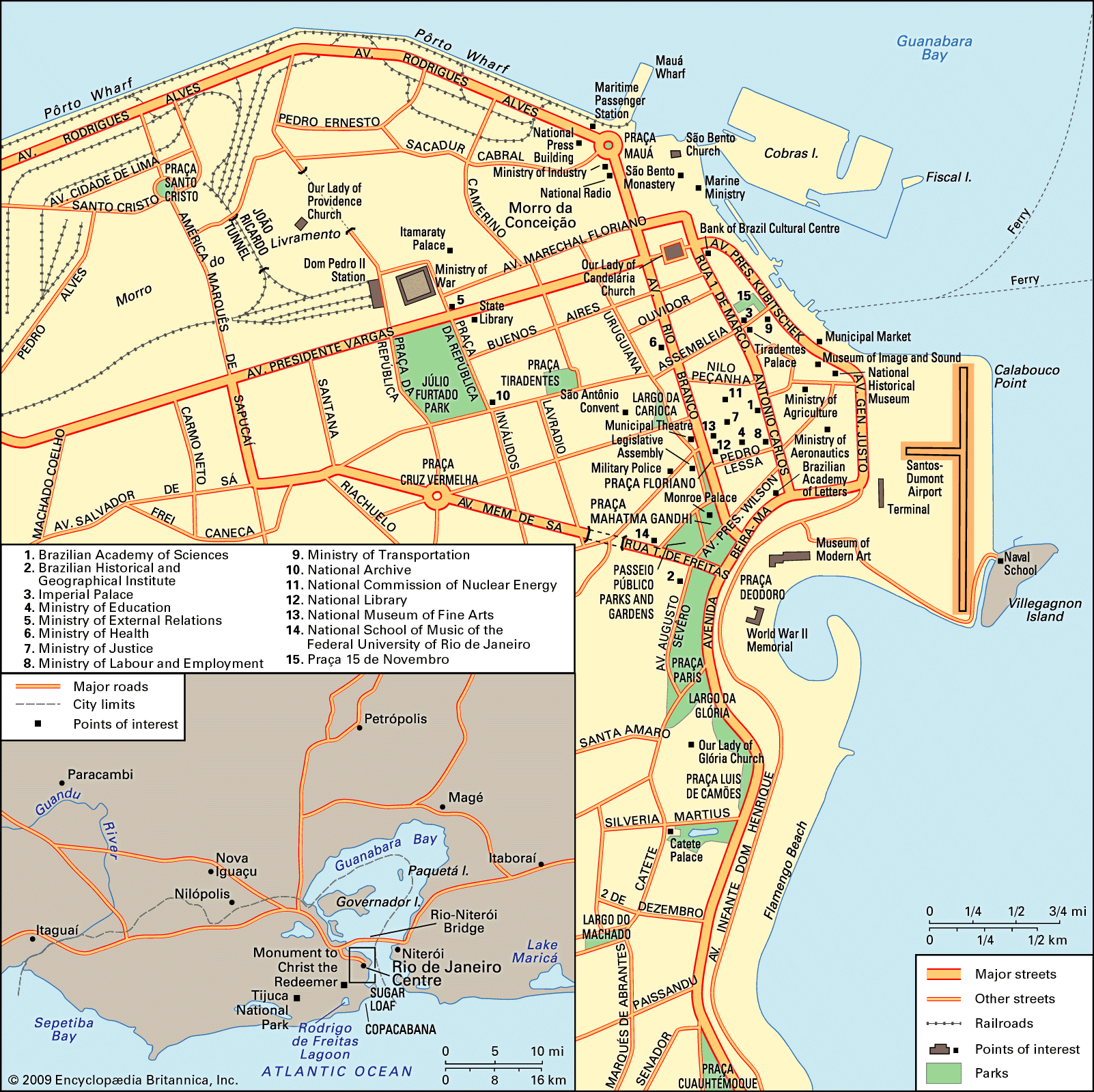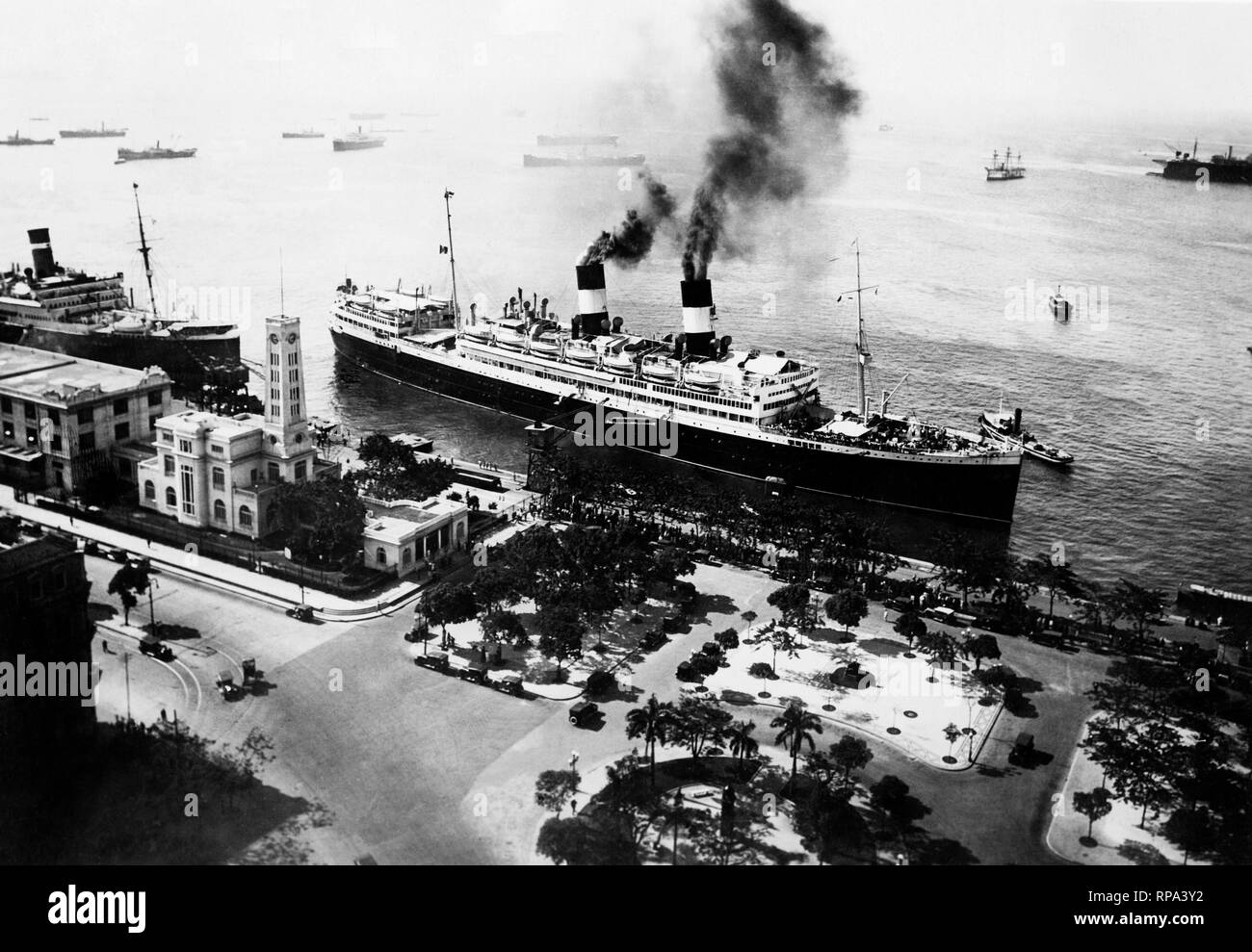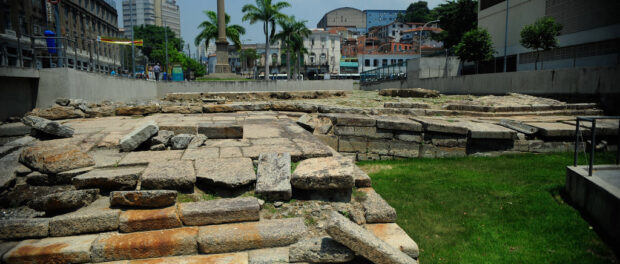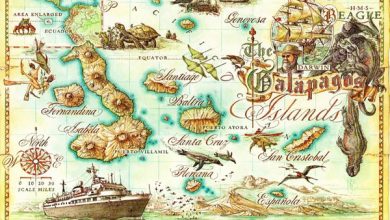Port of Rio De Janeiro History.

The Port of Rio de Janeiro began operations in 1910 and has since become a crucial hub for Brazilian trade. It connects the city to international markets.
The Port of Rio de Janeiro is one of Brazil’s most important maritime gateways. Located in the southeastern region of Brazil, it serves as a vital link between the country and global trade networks. This port handles a diverse range of cargo, including oil, steel, and agricultural products.
Over the years, it has undergone significant expansions and modernizations to meet growing demands. The port’s strategic location and advanced infrastructure make it a key player in South America’s economic landscape. Its continuous development ensures that it remains competitive and capable of handling increasing volumes of international trade.

Credit: www.alamy.com
Early Beginnings
The Port of Rio de Janeiro has a rich and complex history. Its origins date back to the early colonial times. The port played a crucial role in the city’s development. Let’s explore the early beginnings of this historic port.
Colonial Era
During the Colonial Era, the Portuguese established the port. It became a vital point for trade and defense. Goods like sugar and gold passed through the port. The Portuguese fortified the area to protect against invaders. The port’s strategic location made it essential for the colony.
By the 18th century, the port had grown significantly. It was bustling with activity. Ships from around the world docked here. The port became a melting pot of cultures. This period laid the foundation for Rio de Janeiro’s future growth.
Indigenous Influence
The indigenous people played a key role in the port’s history. They were the first to navigate the waters of Guanabara Bay. Their knowledge of the land and sea was invaluable. They helped the Portuguese understand the local geography. This collaboration was crucial for the port’s early success.
Indigenous people also traded goods with the settlers. They provided food and resources to the growing colony. Their influence is still evident today. Many place names and traditions have indigenous roots. The port’s early development owes much to these native people.
Expansion In The 19th Century
The 19th century was a period of significant growth for the Port of Rio De Janeiro. This expansion was fueled by industrial advancements and increased trade routes. Let’s explore this fascinating era.
Industrial Growth
The Industrial Revolution played a vital role in the port’s development. Factories and industries emerged, boosting the local economy. These industries required efficient transport for raw materials and finished goods.
Increased production led to a higher volume of goods moving through the port. This necessitated infrastructure improvements. The port expanded its facilities, including new docks and warehouses. These enhancements made the port more efficient and capable of handling larger ships.
Trade Routes
During the 19th century, the Port of Rio De Janeiro became a crucial hub for international trade. New trade routes connected Rio De Janeiro to Europe, Africa, and North America. This global connectivity brought wealth and diversity to the city.
Table of Key Trade Routes:
| Route | Goods Traded | Major Ports Connected |
|---|---|---|
| Europe | Coffee, sugar, tobacco | Lisbon, London, Paris |
| Africa | Gold, spices, textiles | Cape Town, Lagos, Dakar |
| North America | Timber, cotton, machinery | New York, Boston, New Orleans |
New trade routes made the port a bustling center of activity. Ships from around the world docked here, exchanging goods and culture. The port’s strategic location on the Atlantic coast made it a natural choice for trade.
In summary, the 19th-century expansion of the Port of Rio De Janeiro was marked by industrial growth and the establishment of new trade routes. This period laid the foundation for the port’s future success.
Modernization Efforts
The Port of Rio De Janeiro has a rich history. Its modernization efforts have transformed it into a modern marvel. The port’s evolution has been marked by significant technological and infrastructure advancements. These efforts have enhanced its efficiency and capacity.
Technological Advances
The port has seen several technological advances. Automated systems streamline cargo handling. These systems reduce human error and increase speed. The port uses state-of-the-art tracking systems. These systems ensure every cargo unit is monitored. This minimizes losses and delays.
Modern cranes and machinery have been introduced. They handle heavy loads with ease. This reduces the time ships spend docked. Digital platforms allow for easy scheduling and management. These platforms integrate with global shipping networks. This ensures smooth operations and real-time updates.
Infrastructure Development
Infrastructure development has played a crucial role. The port’s facilities have been expanded. New docks and terminals have been built. These additions accommodate larger vessels. The port’s storage capacity has been increased. This allows for more goods to be handled at once.
Road and rail connections have been improved. This ensures quick and efficient transport of goods. The port now features advanced security systems. These systems protect the cargo and the infrastructure. Environmental sustainability has also been a focus. Green technologies and practices are being adopted. This minimizes the port’s environmental impact.
Here’s a table summarizing key infrastructure developments:
| Development | Description |
|---|---|
| New Docks | Accommodate larger vessels |
| Increased Storage | More goods handled at once |
| Improved Transport Links | Quick and efficient goods transport |
| Advanced Security | Protects cargo and infrastructure |
| Green Technologies | Minimizes environmental impact |

Credit: rioonwatch.org
Current Status
The Port of Rio De Janeiro has evolved significantly over the years. It stands as one of Brazil’s most important maritime hubs today. The port handles a diverse range of cargo and plays a vital role in the national economy.
Economic Impact
The port contributes significantly to the local and national economy. It supports thousands of jobs and generates substantial revenue. The port facilitates international trade, boosting Brazil’s economic growth.
The following table highlights some key economic contributions:
| Economic Contribution | Value |
|---|---|
| Annual Revenue | $2 billion |
| Jobs Supported | 50,000 |
| Trade Volume | 100 million tons |
Future Prospects
The port is poised for further growth in the coming years. Several modernization projects are planned to increase capacity and efficiency.
Key future developments include:
- Expansion of container terminals
- Upgrades to port infrastructure
- Implementation of smart port technologies
These improvements aim to make the port more competitive globally. The goal is to attract more international shipping lines and boost trade volumes.

Credit: www.riodejaneiro.com
Frequently Asked Questions
What Is The History Of Port Of Rio De Janeiro?
The Port of Rio De Janeiro was established in the 19th century, becoming a major trade hub in Brazil.
Why Is Port Of Rio De Janeiro Significant?
It played a crucial role in Brazil’s coffee export boom, contributing significantly to the nation’s economy.
How Did The Port Impact Rio’s Development?
The port’s activity spurred urban growth, infrastructure development, and increased international trade in Rio De Janeiro.
What Are The Main Features Of The Port?
The port boasts modern facilities, extensive cargo handling areas, and advanced logistics, supporting diverse maritime activities.
Conclusion
The Port of Rio De Janeiro boasts a rich and vibrant history. It has played a crucial role in Brazil’s development. From colonial times to modern trade, this port remains vital. Its fascinating past and ongoing significance make it a must-visit for history enthusiasts.
Discover the Port of Rio De Janeiro’s enduring legacy today.



